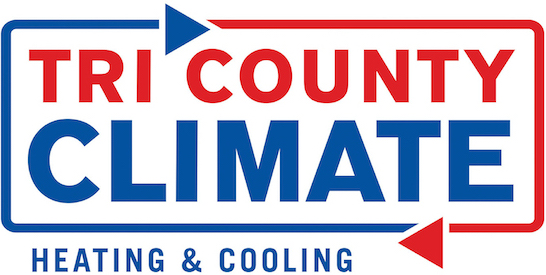We all like saving money on our monthly utility bills, but it just so happens there’s a way to do it when you aren’t even home.
The secret is your thermostat. By using automatic schedules, you can tailor the temperature to your needs. That means you can have different temperature settings for when you’re at home, away or even when you’re asleep.
With a few simple adjustments, you’ll be able to enjoy comfortable temperatures while also keeping more of your money. Take a look at a few ways your thermostat can save you money in the summer:
While at Home
Pretty much whenever you’re home, you want a nice range of pleasant temperatures. It’s only natural to want your thermostat lower in the summer if you’re indoors to make the most of the cool air.
But in terms of energy efficiency, the best range for the summer is in fact anywhere between 78 and 80 degrees Fahrenheit. This way, you can stay cool while still lowering your monthly energy bill.
While Gone
If you’re setting the temperature for whenever you’re gone, the majority of homeowners will set the thermostat higher for while they’re gone.
If your home is in a shady spot in a cooler climate, you can set the temperature as high as 88 degrees while no one is home before lowering it back to the sweet spot of 78-80 degrees when you or a family member return. This way, your air conditioning system isn’t working around the clock to keep an empty house cool.
While Sleeping
To enjoy a good night’s sleep during the summer, you want a temperature that’s nice and cool. You should try and keep things between 68-72 degrees Fahrenheit. There’s less risk of getting too hot or too cold when you are trying to get some rest.
Additional Ways to Reduce Energy Use:
- Smart thermostat installation: Trying a smart thermostat in the summer can lower energy costs as it forms temperature schedules according to your lifestyle and idea of what comfortable is. They can lower the temperature while you are home or sleeping, while allowing it to get warmer when the house is empty. With reliable brands like the Lennox iComfort, you can adjust the temperature remotely through your smartphone, tablet or laptop. Planning smart thermostat installation in your Bend home is an effortless way to set the correct temperature no matter where you are.
- Upgrade your HVAC system: A high-efficiency HVAC system can save money in the long run. If a system boasts high energy efficiency, lower utility bills won’t be far behind since it requires less energy to reach your preferred temperatures. Air conditioning installation in Bend is only a phone call away, so don’t hesitate to reach out to local pros like Tri County Climate Control LLC who can set you up for success.
- Schedule annual AC maintenance: Whether or not you keep up with regular air conditioning maintenance in Bend can have a big impact on your monthly energy use. If you stay on top of cleaning key components like the coils, checking for damage and clearing ventilation of dust and debris, you may notice your HVAC system run more efficiently. Higher energy efficiency will also reduce strain on the unit and lowers operational costs, lowering total energy use and eventually the total monthly bill.
- Replace your air filter regularly: A regular schedule for cleaning or replacing the HVAC system’s air filter saves money by helping air flow efficiently through your air conditioner. When filters are old and less effective, an AC unit has to work harder, and the added strain may impact the system’s life span and cause breakdowns.
- Confirm your attic is sufficiently insulated: Insulation is one of the key components in any energy-efficient home, keeping the hot air outside and the cool air inside over the summer. The North American Insulation Manufacturers Association (NAIMA) suggests that homeowners living in southern climates should possess at least 13-14 inches of insulation, while states further north need 16-18 inches.
- Check your air ducts: Damage to the ventilation is capable of increasing your energy bills much more than 20 percent, plus it can affect equipment such as your water heater, clothes dryer and other appliances throughout your home. Watching for signs of leaks and sealing them can fix both of those problems.
- Seal all other leaky spots in your home: Sealing up other leaks in your home with caulk, foam sealant or weather-stripping helps keep things cooler during those hot summer days. It’s also important to check for any gaps around windows, doors and even outdoor fixtures. Making time to seal leaks now can help you save a lot in the long term.

